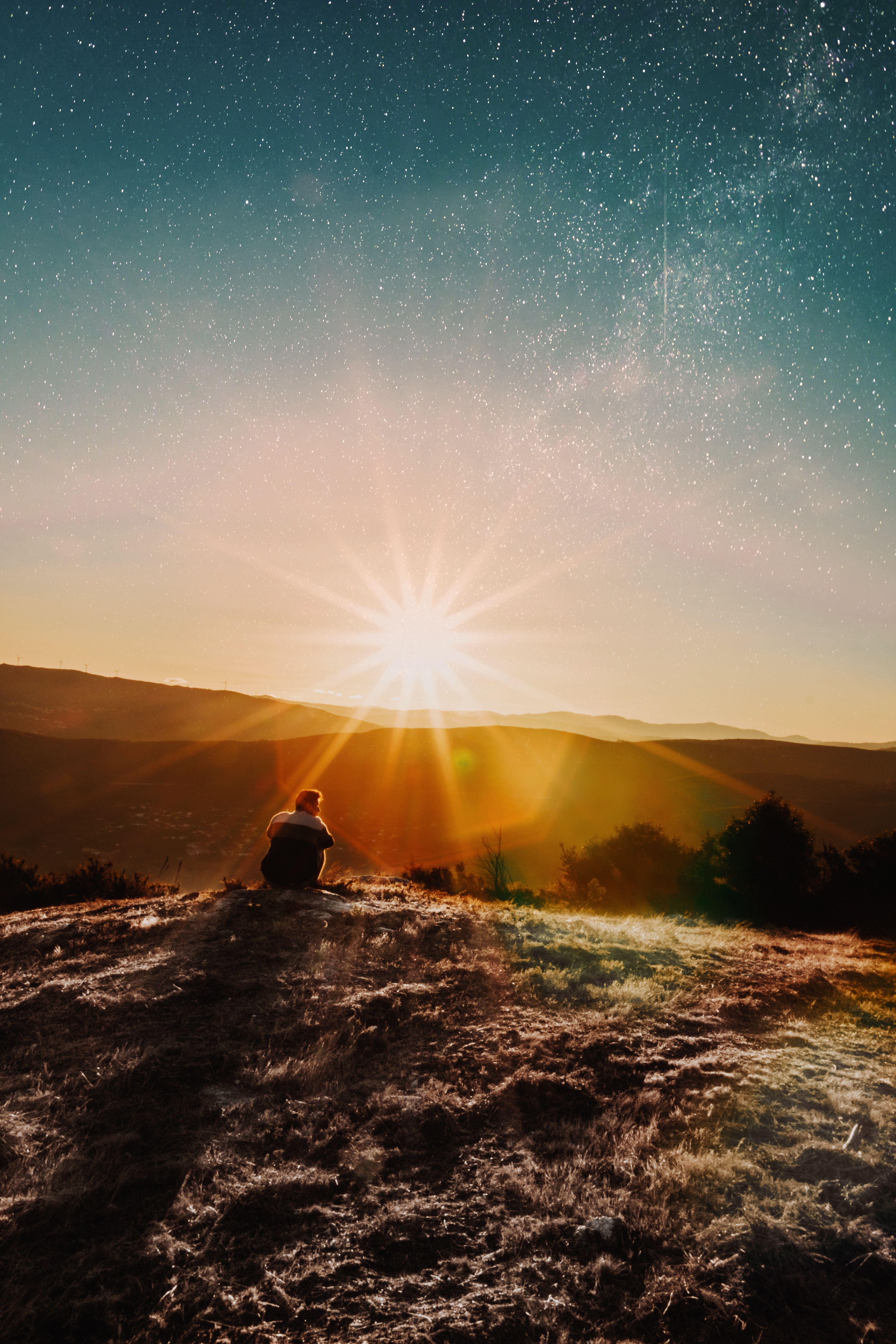
It is hard to know what weather to expect day to day living in Colorado. This year has been especially strange weather. We REALLY never know what to expect. In 2017, we hit close to the 80s in November and December. Half of Colorado complained of the heat and half were ecstatic.
We also all know it is possible we will see a 24” snow blizzard in May. Once again, have half of Coloradans will LOVE the cold and half will be ready for summer. No matter your preference, most people can agree the best part about Colorado is the SUN! We have sun almost every day of the year. On average, Colorado sees 300 days of one or more hours of sun per day.
Monitoring children’s vision is crucial. Unlike adults, children’s exposure to harmful UV rays is minimal. It is up to caregivers to teach good eye care. What does that look like? Wearing sunglasses and protective eye ware, annual exams, and corrective lenses if necessary.
It is this discussion of UV rays that led us to a study we would like to address. This study conducted by Science Daily reported on how UV rays affect children. There is a lot of information on eye health. Although some of these studies may find direct correlations it is important to educate yourself on eye health. The study shows a correlation between a child who is exposed to higher ultraviolet B (UVB) radiation exposure (outdoor sunlight) and a reduction in their odds of myopia (nearsightedness).
The study also found teens and young adults with exposure to UVB saw the largest decrease in myopia. At first look, you may think, “wow there is a way to prevent issues in my child’s eyesight?! I would love to try it.” This is even more enticing because myopia, nearsightedness, is a fairly common diagnosis. According to the National Eye Institute (NEI), the occurrence of nearsightedness is growing in ages 12 – 54. This finding from NEI is why we believe this study needs a closer look.
According to the Science Daily study, Astrid E. Fletcher, Ph.D., and his colleagues examined the association of myopia with UVB radiation. He also looked at serum vitamin D concentrations and vitamin D pathway genetic variants. These researchers found that an increase in UVB exposure from ages 14 – 39 reduced the odds of myopia.
Additionally, they found individuals with the highest years of education had twice the odds of myopia. “The association between UVB, education, and myopia remained even after respective adjustment. This suggests that the high rate of myopia is not solely mediated by lack of time outdoors. It may also be associated with educational attainment. As the protective effect of time spent outdoors is increasingly used in clinical interventions, a greater understanding of the mechanisms and life stages at which benefit is conferred is warranted.”
Although this study is showing correlation between decreasing myopia and UVB rays in teens it does not warrant children from protecting their eyes from the harmful sun rays. This study needs closer review and additional testing to ensure its accuracy. It is still something to think about.
Bottom line – of the multiple types of UV rays, three are harmful. We suggest children and teens wear sunglasses when they are outside. This will protect them from harmful UV rays that could damage their vision.
If you want to have your child (or yourself) fitted for sunglasses, or transitional frames, visit our website to request an appointment today!